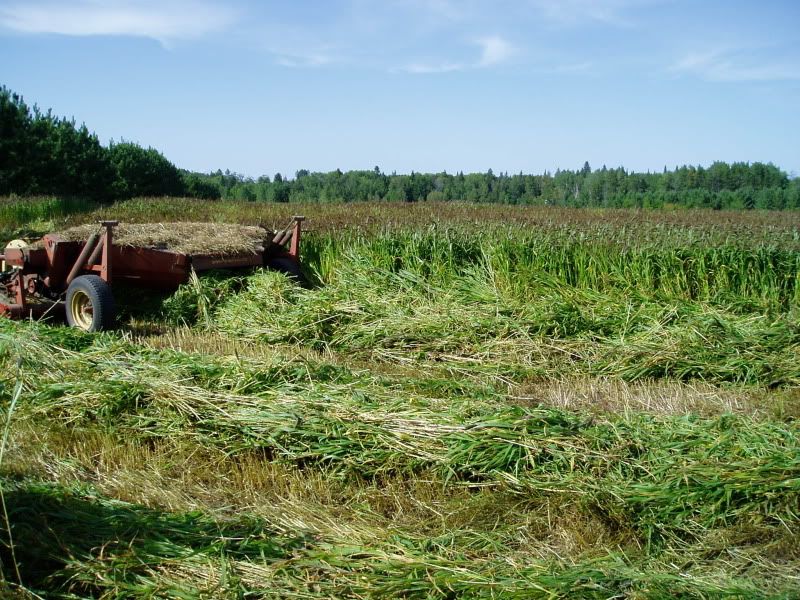UGUIDE
Active member
Any qualified suggestions anyone has would be helpful. My operator called tonight and said he was probably going to take prevent plant on 2 fields on my farm that were going to be planted to soybeans but too wet or he ran out of time to get to them. he said I could plant some stuff in their for pheasant hunting but there is not a lot of clarity about what you can plant or not plant in order to comply with crop insurance.
He is checking with his insurance agent and getting back to me. Looks like ai would not be able to get anything planted until week of July 12th anyway.
Any qualified usggestions or ideas?
He is checking with his insurance agent and getting back to me. Looks like ai would not be able to get anything planted until week of July 12th anyway.
Any qualified usggestions or ideas?


